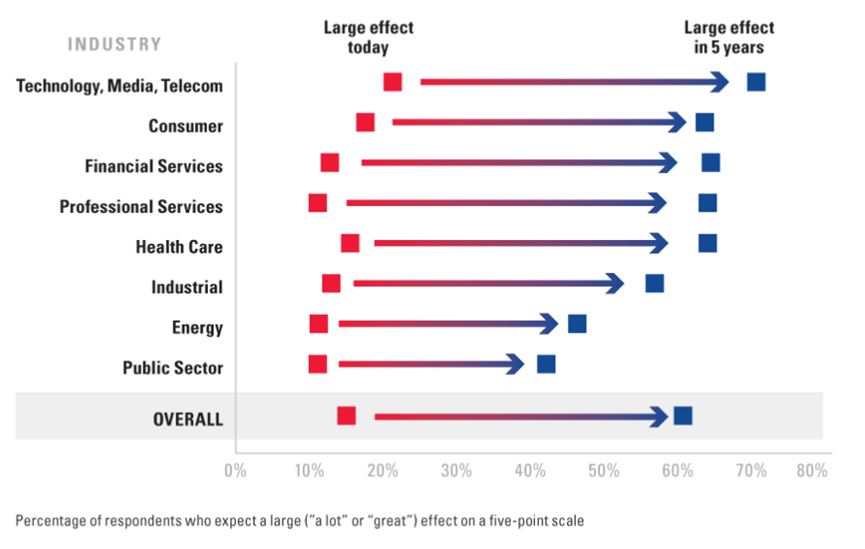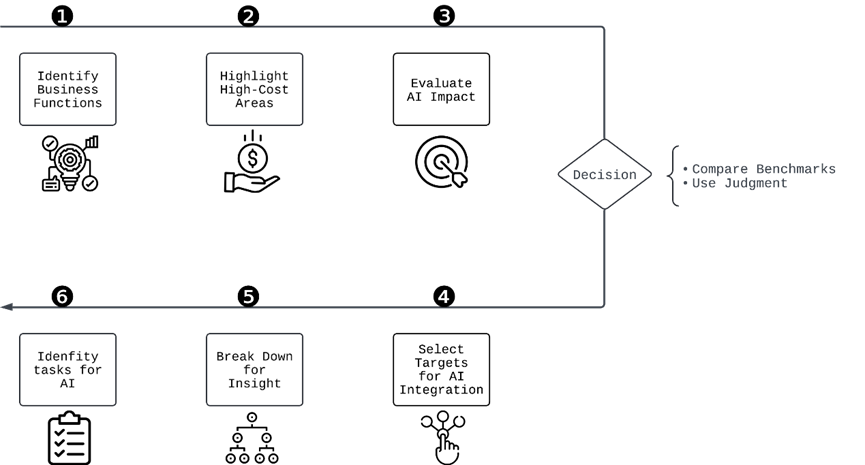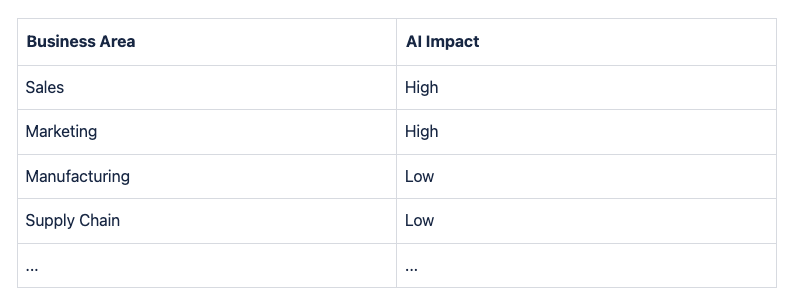Beyond anxiety: A practical guide to unlock the potential of AI
We delve into the impact of AI, how to find and evaluate valuable application scenarios, and how to unlock AI's potential.
Since last year, the term AI has become ubiquitous in the tech field gets everywhere. However, we believe that for businesses, AI should not just remain a buzzword. Instead, it is a practical and transformative force capable of reshaping industries and enhancing productivity. In this article, we will explore the impact of AI and how to identify and evaluate valuable use cases to unlock its potential.
Key Insights of AI
To better understand our current position, let’s first share some key points about AI:
Rapid development
Compared to existing technologies, AI is developing at an incredibly rapid pace. For instance, Midjourney’s progress from version one to version six has seen significant leaps every few months. In many fields, AI’s capabilities are starting to match or even surpass those of humans (see McKinsey’s report).

Source: https://goldpenguin.org/blog/midjourney-v1-to-v6-evolution/
Potential for economic transformation
Since the second half of 2023, we have observed many industry clients exploring AI, whether to reduce operational costs, improve productivity, or create new revenue streams. AI is reshaping the way businesses operate and their financial income sources. According to a report from MIT SMR HOME, 63% of people believe that AI will have a significant impact on their industry within five years.

Accessibility
Unlike major technologies such as space exploration or supercomputing, AI’s accessibility is driving its development in a completely different direction. Not only tech giants with vast resources can leverage AI; from startups to established enterprises, everyone can utilize different solutions to harness AI’s power.

Currently, the rapid development of AI is very evident, while the second and third points covering AI’s potential and accessbility are still in the early stages of exploration. We believe that as AI develops, these impacts will become increasingly significant.
Finding and evaluating valuable AI use cases
For most projects and businesses, remember one crucial piece of advice before diving into the exploration: Start with the easiest part!
When considering applying AI to your business, start with areas that are most likely to bring immediate benefits. Examine your current workflows and identify tasks that are time-consuming or costly, as these are often the best candidates for AI applications. For example, automating routine customer service interactions or simplifying data analysis. We have observed that projects forced out of a desire to pursue AI tend to face more difficulties.
Six-step approach to identifying AI use cases
We have developed a six-step approach to help you systematically identify valuable AI use cases. By following these steps, you can strategically integrate AI into your business operations to effectively reap the benefits AI brings.

#1 Identify business areas
First, examine the different functions within your business, such as sales, marketing, manufacturing, software development, and supply chain.
#2 Highlight high-cost areas
Within the identified business areas, find the parts that incur significant costs. For instance, in the retail sector of a luxury brand, the high-cost area might be marketing, while for a SaaS company, it could be software development.
#3 Evaluate AI impact
Assess the impact of AI on these high-cost areas.
There’s a saying in the software development industry: “There’s no silver bullet!” It means there is no single method or technology that can solve all problems perfectly.
The same goes for AI. AI cannot solve all problems and might have negligible impact in certain fields. If a company’s main bottleneck is getting enough ice, AI can’t help much at this stage.
Therefore, before exploring various AI technologies, we need to broadly assess the impact of current AI technologies on different business areas. For example, for a perfume company, the impact of AI on different business areas might be:

#4 Select targets for AI integration
From high-cost and high AI impact areas, balance the investment and return ratio.
After steps #2 and #3, we now have two key pieces of decision-making information: high-cost areas and the corresponding AI impact in each area. The next task is to identify the areas within these high-cost regions that can benefit most from AI.
In principle, choosing high-cost and high AI impact targets is ideal, but in practice, it’s also important to balance the investment and return ratio. Implementing AI solutions usually involves a trade-off between complexity and performance.
Highly complex AI systems, such as building your own learning models from scratch, can offer superior performance and features but require significant expertise, resources, and time to develop and maintain. On the other hand, simpler open-source AI models might be easier to implement and manage but may not offer the same level of performance or adaptability.
Our recommendation is to start with simple, high-return tasks and then gradually move to more complex projects. This approach helps manage risks while building up experience and capabilities in AI technology.
To quantify the value of AI in your business, we propose a ROI formula focusing on five key elements: Performance Boost, Quality of Output, Cost of Error, Cost to Enable, Speed to Enable. This formula helps you better evaluate AI projects:
-
Performance boost: Ensure AI completes tasks faster and cheaper.
-
Quality of output : AI-generated output quality must meet or exceed human standards.
-
Cost of error: Consider the potential costs and frequency of AI errors. Mitigating these errors is crucial for maintaining value.
-
Cost to enable: Consider the initial and ongoing costs of implementing AI.
-
Speed to enable: Evaluate how quickly AI solutions can be deployed and start delivering benefits.

#5 Breakdown into specific areas
Once the business areas needing AI integration are identified, start brainstorming and breaking down into specific business lines. For example, in the marketing field, this might include brand management, content management, and further down to brand product development management, price management, content distribution strategy, copywriting management, media management, etc.
Next, we can use the ROI formula from step #4 to analyze each specific business line and filter out the ones that need AI investment.
#6 Decompose AI tasks and implement
Clearly define specific AI tasks and start implementing your AI plan.
While technology continues to advance, years from now we might still recognize today as a clear turning point toward an AI-driven world. We recommend businesses embrace AI technology and fully leverage the opportunities and advantages it brings.
(Tips: While the potential benefits of AI are significant, careful implementation is essential. Accuracy and reliability are paramount. A well-designed AI system can simplify operations and enhance decision-making, but a poorly implemented system could cause more problems. For instance, a chatbot providing incorrect information could damage customer trust and lead to costly errors.)
Looking to craft experiences that not only meet but exceed expectations? Wiredcraft is your go-to partner, ready to harness these tools to propel your brand into the hearts and minds of your customers, ensuring every interaction is an opportunity to impress. Contact us.